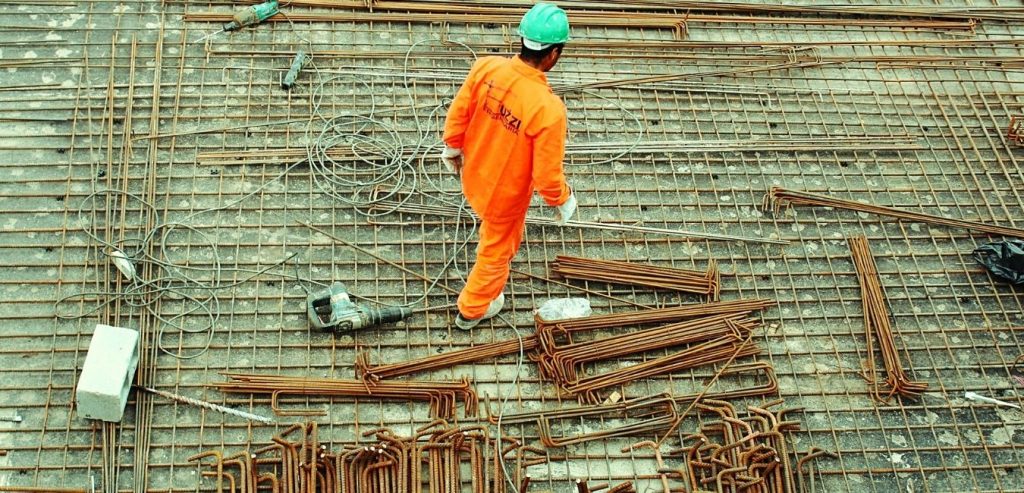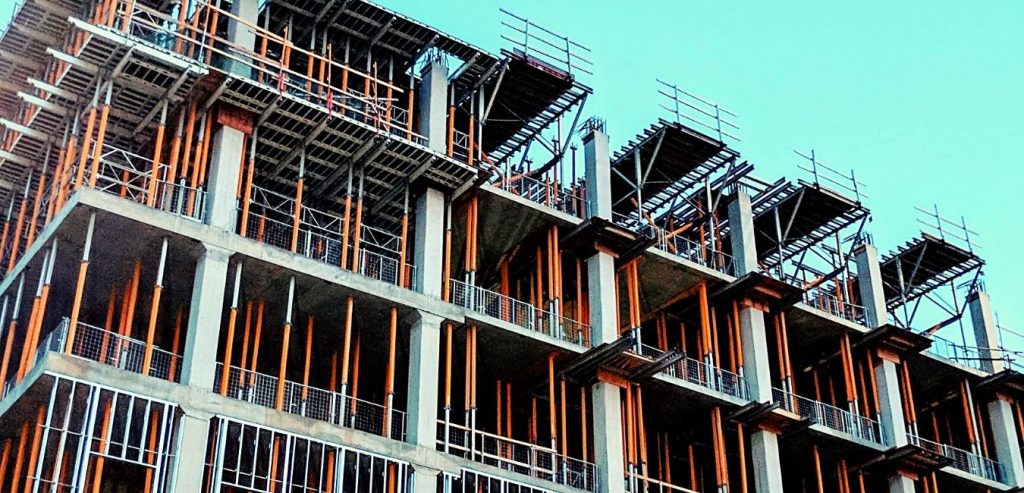Due to the increased competitiveness of the construction industry, clients are spoilt for choice before settling on a final product. Firms, therefore, need to be innovative and competitive in a customer-driven market. However, the final product has to be competitive and needs to have exceptional quality. This is where quality costing comes in.
A construction company incurs the quality costs to achieve and maintain high costs throughout a project’s lifecycle. In addition, it aims at achieving the highest level of customer satisfaction.
Every time a construction company reworks something, the cost of quality increases. This information is used to work out potential savings and improve the overall process.
Table of Contents
The categories of quality costing
Quality costing is primarily grouped into two categories—the cost of conformance and the cost of non-conformance.
The cost of conformance is also referred to as the cost of good quality (CoGQ), while non-conformance is also known as the cost of poor quality (CoPQ). The simple formula for calculating the cost of quality (CoQ) is the summation of good quality and poor quality.
CoQ = CoGQ + CoPQ
The lower the quality costing is, the better it is. The cost of conformance moves in the opposite direction from the cost of non-conformance, whereby the higher the cost of conformance is, the lower the cost of non-conformance is.
Cost of conformance
The cost of conformance is the cost of good quality. It is the money spent to avoid future project failures. For example, in construction, these costs are:
- Tests
- Training
- Audits
- Maintenance
- And calibration
This cost of conformance is also further subdivided into prevention costs and appraisal costs.

Prevention Costs
Prevention costs are costs incurred to curb the occurrence of construction quality problems. These costs increase with time as more preventive activities take up time in the construction schedule.
Some typical prevention costs are:
- Quality construction planning
- Material testing
- Design reviews
- Staff training
- And product specifications
Appraisal Costs
Appraisal costs, on the other hand, are the costs incurred to maintain the quality. The costs ensure that the products and services conform to specifications and customer requirements. When the processes improve with time, the appraisal costs decrease as the need for inspection also reduces. Appraisal costs ensure timely identification of issues. Appraisal costs include costs of reviews, fixtures, audits, and assessment of suppliers.
Cost of non-conformance
The cost of non-conformance is the cost of poor quality. This is the money spent due to failures during and after construction. This cost is further divided into internal and external failures.
Internal Failure Costs
Internal failures occur when the builder produces a defective product. The cost for rectifying these defects before the project is handed over to the client is the internal failure costs. In a project, these costs include rework, repair, machinery breakdown due to poor maintenance, etc.
External Failure Costs
External failure costs arise when the client is not satisfied with the product delivered. The builder, therefore, incurs costs such as warranties, repairs, returning materials, and evaluating customer complaints.

Impact on profit
The costs of quality significantly influence the profitability level of a project.
In essence, high profitability gets influenced by the high cost of quality which then results in lower internal failure costs and external costs, so as to increase sales of products which impacts profitability.
Where do these costs occur?
The costs occur during r construction. Before the construction, you will incur, costs for tests, training, and calibration. You need to train the project team, have software to run tests to check on looming issues, as well as get materials that are well-calibrated.
The quality of planning is key for the project to be implemented well with lower costs. During the project, audits may be done from time to time to crosscheck the resources being used and other inputs.
Post the construction project, maintenance and audits are follow-up costs to check on the quality. Defects and repairs may come along as costs of quality when the project was not done to the precision required.
Strategies to improve quality
There are a few strategies one can employ to improve the quality of services. Some of these are:
- Create a healthy relationship with your suppliers. By involving your suppliers in the production process and auditing them, you are likely to receive high-quality products.
- Ensure that the company compliance information is available to all employees and stakeholders.
- The company should also train and explain the relevance of quality to its employees. For example, explaining to employees how high-quality products boost performance and overall project quality.
- Use technological tools to improve products and production processes.
Summary
Quality costs can arise anytime due to various reasons in a project. They may be design issues or construction flaws. They, however, account for a vast portion of the construction expenses even though they appear hidden from the standard cost recording systems. Therefore, mitigation of quality problems can significantly increase customer retention and a business’s profitability.

